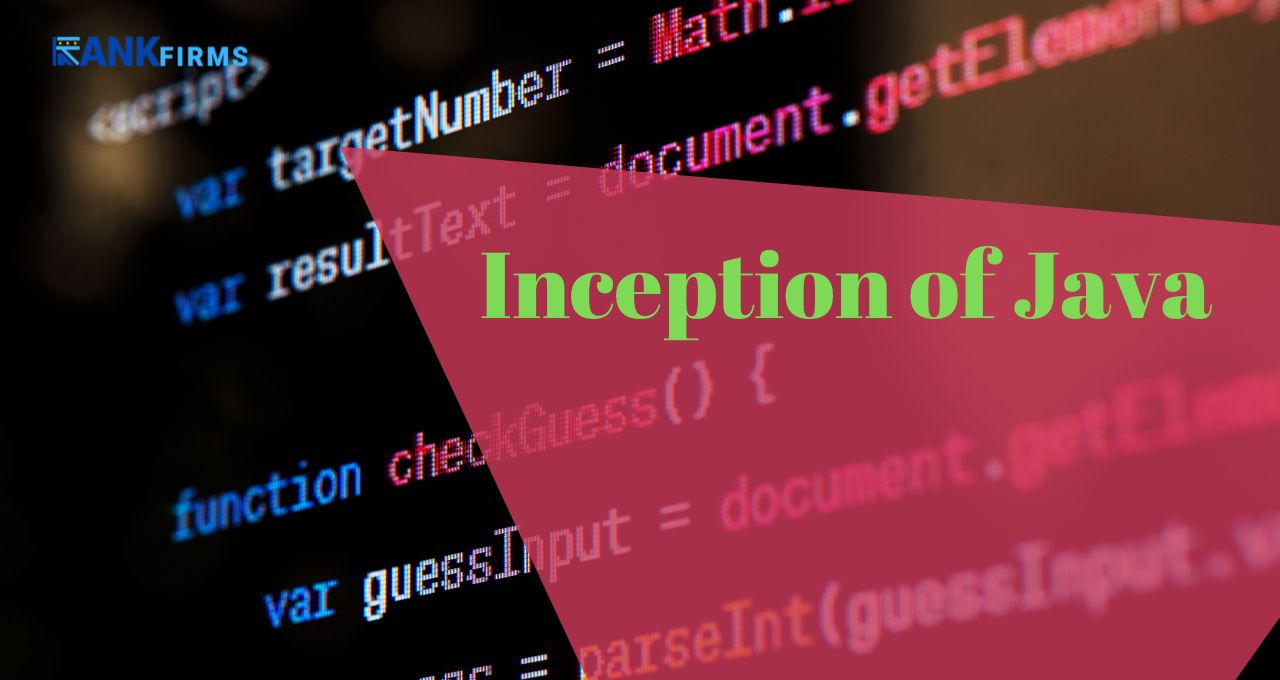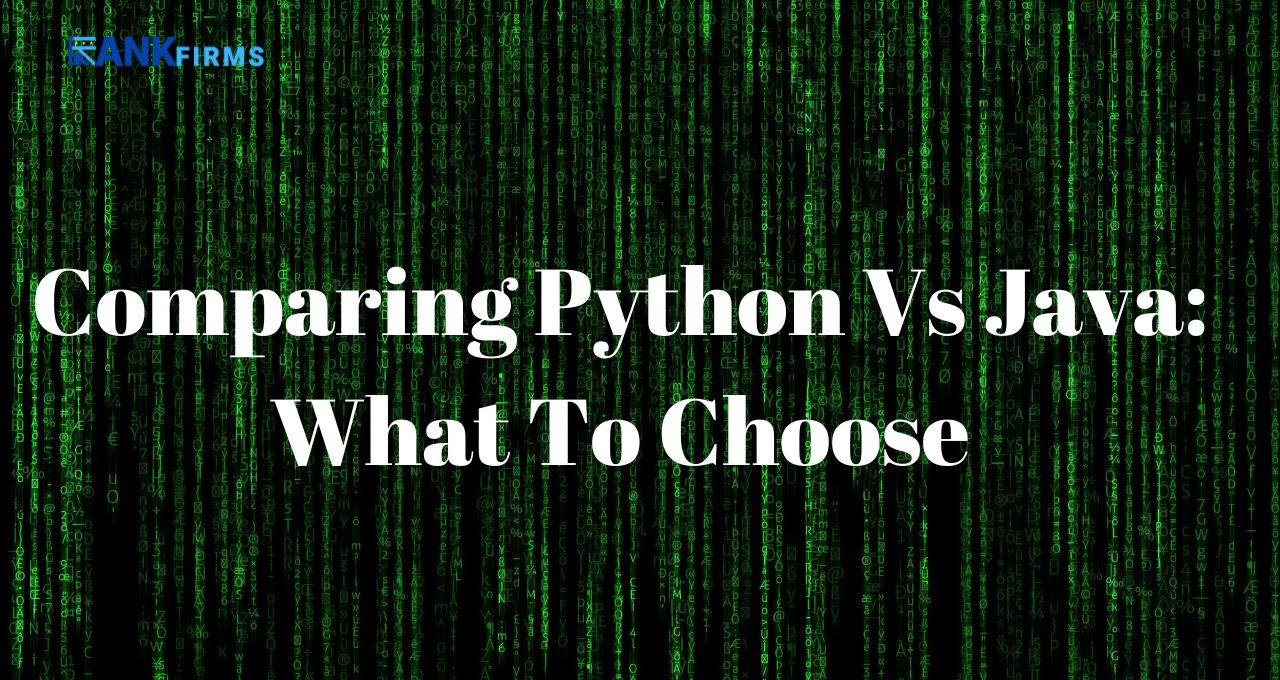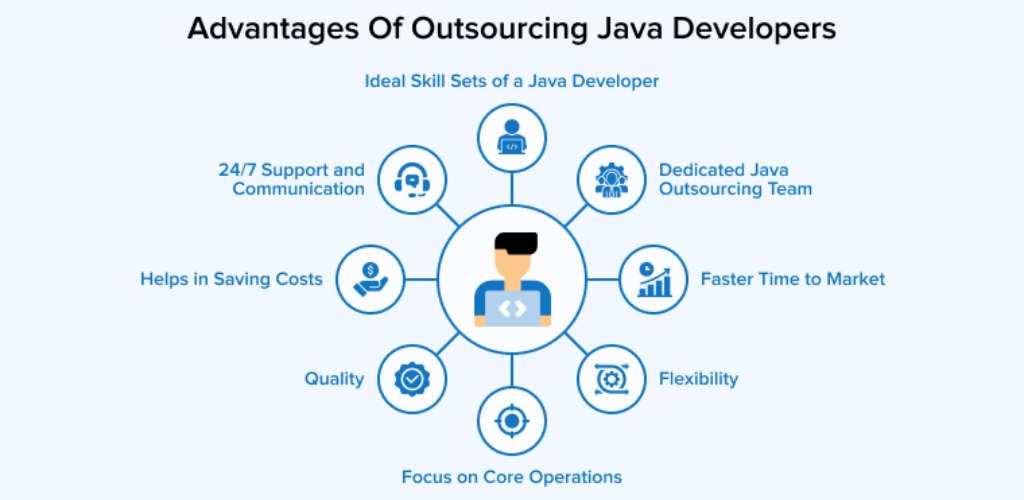In the ever-evolving landscape of technology, programming languages have been the bedrock of software, web, and mobile app development. These languages are the tools that developers use to bring innovative ideas to life, shaping the digital experiences we rely on daily.
Among the myriad of programming languages, Python and Java have emerged as two of the most influential and widely adopted. Software development companies across various industries leverage these languages to build robust, scalable, and efficient solutions. From powering complex backend systems to driving cutting-edge artificial intelligence applications, Python and Java continue to play a pivotal role in the advancement of modern technologies.
This article delves into the strengths of Python and Java, exploring how they have become integral to the development processes in today’s tech-driven world.
The inception of Python:
Python is a high-level, general-purpose programming language created by Guido van Rossum in the late 1980s. It was released to the public in February 1991, with its first version, Python 0.9.0. Guido van Rossum aimed to design a language that prioritized simplicity, readability, and ease of use.
He drew inspiration from ABC, another programming language known for its simplicity. Python’s name is derived from the British comedy television series “Monty Python’s Flying Circus,” which reflects van Rossum’s sense of humor.
Statistics about Python:
Popularity:
Python has gained immense popularity over the years and consistently ranks among the top programming languages in various indices, including the TIOBE Index and the Stack Overflow Developer Survey.
Community:
Python boasts a large and active community of developers worldwide who contribute to its growth and development.
Usage: .
Python is widely used across industries and domains, including web development, data science, artificial intelligence, machine learning, automation, scientific computing, and more.
What Makes Python Unique:

Readability:
Python’s syntax is designed to be clear and concise, making it easy to read and write code. This readability enhances collaboration and code maintenance.
Versatility:
Python is a versatile language that supports multiple programming paradigms, including procedural, object-oriented, and functional programming. It can be used for a wide range of applications, from simple scripting to complex enterprise solutions.
Extensive Standard Library:
Python comes with a comprehensive standard library that provides modules and packages for various tasks, such as file I/O, networking, data manipulation, and more. This extensive library reduces the need for external dependencies and accelerates development.
Dynamic Typing and Dynamic Binding:
Python is dynamically typed, meaning variable types are determined at runtime, offering flexibility and ease of use. Dynamic binding allows for late binding, enabling developers to write more flexible and maintainable code.
Key Features of Python:
Simple and Easy to Learn:
Python’s syntax is straightforward and requires fewer lines of code compared to other languages, making it an excellent choice for beginners.
Interpreted and Interactive:
Python is an interpreted language, allowing for immediate feedback during development. It also supports interactive mode, where code can be executed line by line, facilitating experimentation and debugging.
Cross-Platform Compatibility:
Python is platform-independent, meaning code written in Python can run on various operating systems, including Windows, macOS, and Linux, without modification.
Strong Community Support:
Python has a vibrant community of developers who contribute to its ecosystem by creating libraries, frameworks, and tools. This support network enhances productivity and fosters collaboration.
Scalability:
Python’s scalability makes it suitable for projects of all sizes, from small scripts to large-scale applications. It powers some of the world’s most prominent websites and platforms, including Google, YouTube, Instagram, and Dropbox.
These features contribute to Python’s popularity and make it an ideal choice for a wide range of projects and applications.
Also Read: Kotlin vs Java App Development: A Comprehensive Comparison
Inception of Java:

Java is a high-level, object-oriented programming language developed by James Gosling and his team at Sun Microsystems in the early 1990s. The project initially began in 1991 as an effort to create a language for programming household appliances but later evolved into a general-purpose language for developing applications. Java 1.0 was officially released in 1996, marking the beginning of its widespread adoption.
Statistics about Java:
Popularity:
Java consistently ranks among the top programming languages in various indices and surveys. According to the TIOBE Index, Java has consistently been one of the most popular programming languages, often ranking within the top three. Similarly, the Stack Overflow Developer Survey also consistently ranks Java among the most popular languages.
Usage:
Java is widely used across industries and domains. It is particularly prevalent in enterprise environments, where it powers a wide range of applications, including web servers, enterprise systems, mobile apps (especially Android applications), and more.
Community:
Java boasts a large and active community of developers worldwide. This community contributes to the language’s growth and development through open-source projects, libraries, frameworks, and forums.
Employment Opportunities:
Java developers are in high demand globally. Many website development companies, especially those in the enterprise sector, seek professionals with Java skills for their projects and initiatives.
What Makes Java Unique:
Write Once, Run Anywhere (WORA):
One of Java’s most significant strengths is its platform independence. Java programs are compiled into bytecode, which can run on any platform with a Java Virtual Machine (JVM), making Java highly portable.
Strongly Typed and Object-Oriented:
Java is a strongly typed language, meaning variables must be declared with their data types. It also follows the object-oriented programming (OOP) paradigm, emphasizing concepts such as encapsulation, inheritance, and polymorphism.
Automatic Memory Management:
Java features automatic memory management through garbage collection. Developers don’t need to manually allocate and deallocate memory, reducing the risk of memory leaks and improving application stability.
Rich Standard Library:
Java comes with a comprehensive standard library, known as the Java API (Application Programming Interface), which provides a wide range of classes and methods for various tasks, such as I/O operations, networking, data manipulation, and more.
Also Read: Unlocking Advantages of Engaging a Java Development Company
Key Features of Java:
Platform Independence:
Java’s bytecode can run on any device with a compatible JVM, enabling developers to write code once and run it anywhere.
Security:
Java’s built-in security features, such as bytecode verification and a robust security manager, help protect against malicious attacks and ensure the integrity of applications.
Multithreading:
Java supports multithreading, allowing programs to execute multiple threads concurrently. This feature is essential for developing scalable and responsive applications.
Exception Handling:
Java provides robust exception-handling mechanisms, allowing developers to handle errors and exceptions gracefully and maintain the stability of their applications.
Scalability:
Java’s scalability makes it suitable for projects of all sizes, from small desktop applications to large enterprise systems. It powers a wide range of applications, including web servers, mobile apps, and enterprise solutions.
Java’s combination of platform independence, strong typing, object-oriented principles, automatic memory management, rich standard library, and key features make it a popular choice for developing a wide variety of applications across industries.
Let’s look at the brief comparison between Python and Java that will help you choose the perfect language for your thoughtful project.
Comparing Python Vs Java: What To Choose

Here’s a comparison of the pros and cons of using Python vs Java:
| Aspect | Python | Java |
| Ease of Learning | Pros: Simple and readable syntax, easy for beginners to learn. | Pros: Strongly typed with clear syntax, and extensive documentation. |
| Cons: Dynamic typing can lead to runtime errors. | Cons: More complex syntax compared to Python, steeper learning curve. | |
| Performance | Pros: Faster development due to concise code. | Pros: Generally faster execution due to static typing and JIT compilation. |
| Cons: Slower execution speed due to interpreted nature. | Cons: Slower development process due to verbose code. | |
| Platform Independence | Pros: Runs on any platform with a Python interpreter. | Pros: Write Once, Run Anywhere (WORA) with JVM. |
| Standard Library | Pros: Extensive standard library for various tasks. | Pros: Comprehensive standard library with rich functionality. |
| Community Support | Pros: Large, active community with abundant resources. | Pros: Large, active community with strong enterprise support. |
| Development Speed | Pros: Rapid development with fewer lines of code. | Pros: Efficient for large-scale enterprise applications. |
| Memory Management | Pros: Automatic memory management through garbage collection. | Pros: Automatic memory management through garbage collection. |
| Error Handling | Pros: Simple and clear error handling. | Pros: Robust and well-defined exception-handling mechanisms. |
| Scalability | Pros: Suitable for small to medium-sized projects. | Pros: Highly scalable, suitable for large enterprise applications. |
| Concurrency | Pros: Supports multi-threading but with some limitations (GIL). | Pros: Strong support for multi-threading and concurrency. |
| Use Cases | Pros: Ideal for scripting, automation, web development, data science, and AI. | Pros: Ideal for enterprise applications, large systems, and Android apps. |
| Security | Pros: Good security features, though sometimes less strict. | Pros: Strong security features and robust security model. |
| Deployment | Pros: Easier to deploy due to lightweight scripts. | Pros: Robust deployment options through JVM. |
| Libraries and Frameworks | Pros: A rich ecosystem of libraries and frameworks (e.g., Django, Flask). | Pros: Extensive frameworks and libraries (e.g., Spring, Hibernate). |
| Type Checking | Pros: Dynamic typing for flexibility. | Pros: Static typing for early error detection and optimization. |
This comparison highlights the strengths and weaknesses of both Python and Java, helping to understand which language might be better suited for specific types of projects or development needs.
Conclusion:
Choose Python if your project emphasizes rapid development, readability, and flexibility, particularly in areas like web development, data science, AI, and automation. Opt for Java if you need a highly performant, scalable solution for large enterprise applications, Android development, or any project where robust security and structured development are crucial. Your choice should align with the specific requirements, goals, and constraints of your project.







